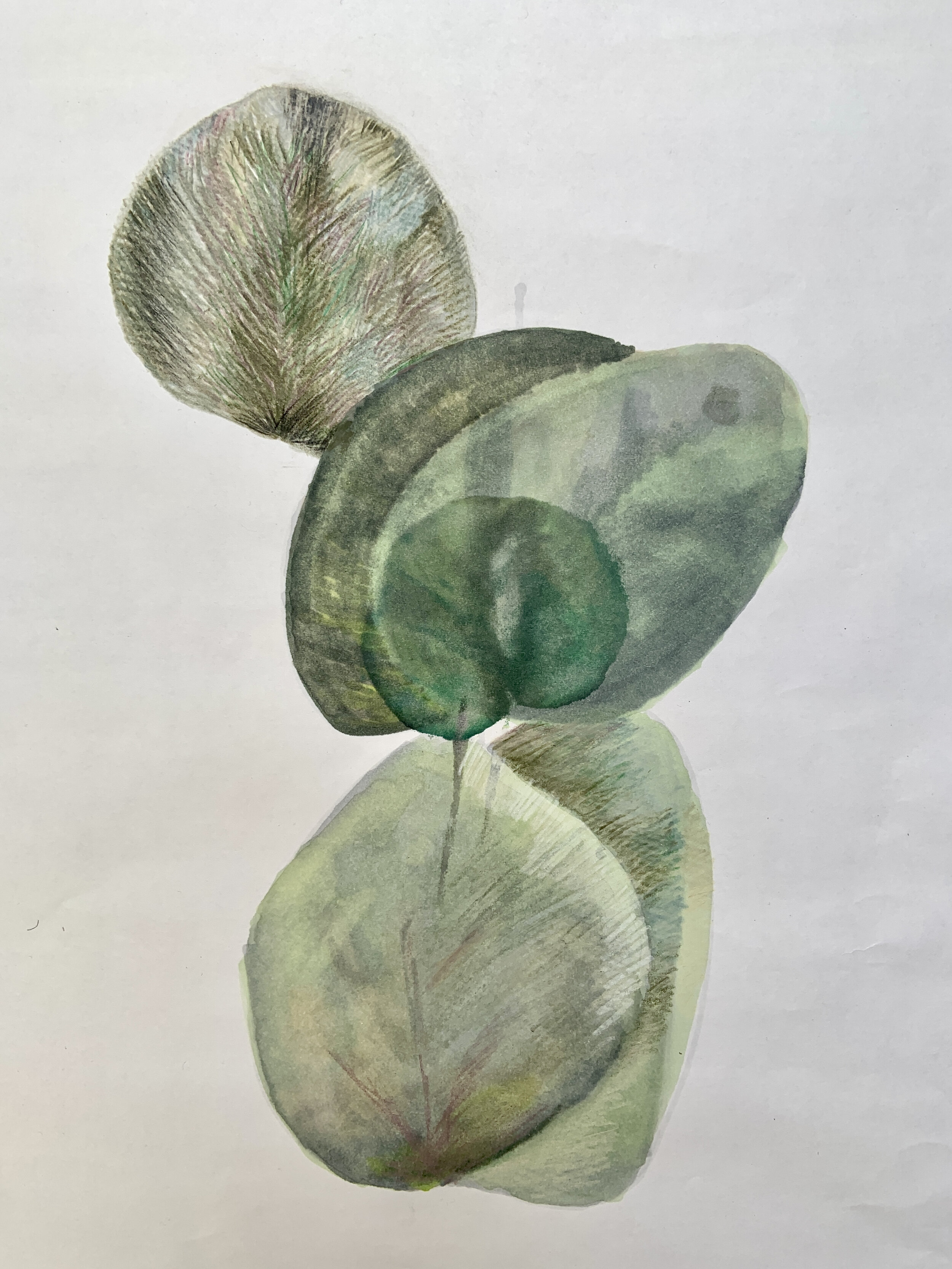THINKINGS
The edge
Returning to the coast has brought memories of a childhood spent living by the sea. Finding the beautiful engravings by Eric Fitch Daglish led me to his wonderful books written with all the wonderment of a child. One of my favoutites is The Seaside Nature Book and this quote led me to think about life at the edge of land and sea.
Jelly-fish, starfish, sea-urchins, crabs, and shrimps, together with other creatures less easily labelled, attract our notice, while a glance at pools left between rocks or in the recesses of breakwaters and groynes reveals many forms of life, beautiful or bizarre, which have no counterparts on dry land. It is the strangeness and the diversity of shore-life that makes it so fascinating and arresting. By walking a few hundred yards we may see a greater variety of animals than can be encountered in a very much larger area inland; and that is not all. The shore population is ever changing. Every turn of the tide may bring in new forms, so that on each of our walks along a beach we keep our interest and wonder alert.
Watercolour, crayon and pen drawing of eucalyptus leaves
Nature’s diversity
Quote by Bruno Munari:
Natural forms are continually modified during growth by their surroundings. Theoretically all the leaves of a single tree should be identical, but this could only happen if they were able to grow in surroundings completely devoid of outside influences and variations. All oranges should have an identical round shape. But in reality one grows in the shade, another in the sun, another in the narrow space between two branches, and they all turn out to be different. This diversity is a sign of life as it is actually lived.
A studio event
A series of events
When strolling on the beach and looking down at the enormous variety of pebbles, it is a wondrous thing to think that they are not objects but a series of events. They exist in relation to each other and this can be applied to everything.
Carlo Rovelli explains it so well…
The world is not a collection of things, it is a collection of events. The difference between things and events is that things persist in time, events have a limited duration. A stone is a prototypical ‘thing’: we can ask ourselveswhere will it be tomorrow. The world is made up of networks of kisses, not of stones.
Even we humans are events; multitudes of events in which air, food, water, information and culture is consumed, transformed and emitted. Only by looking at the world as wildly complex networks of events can we understand it.


